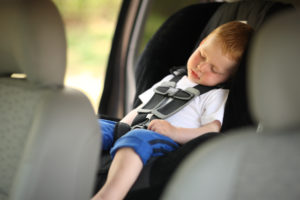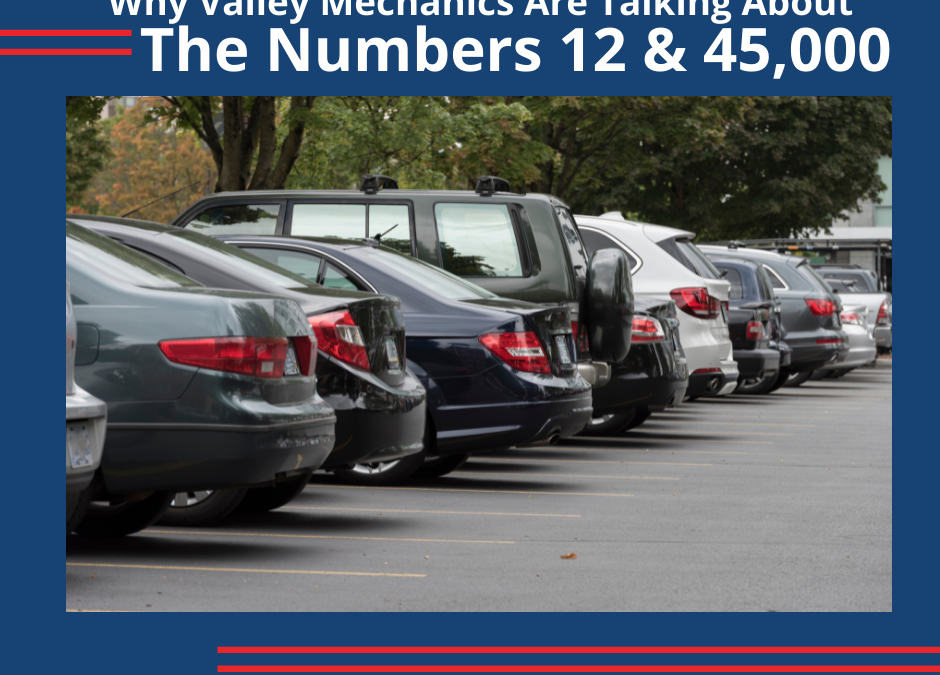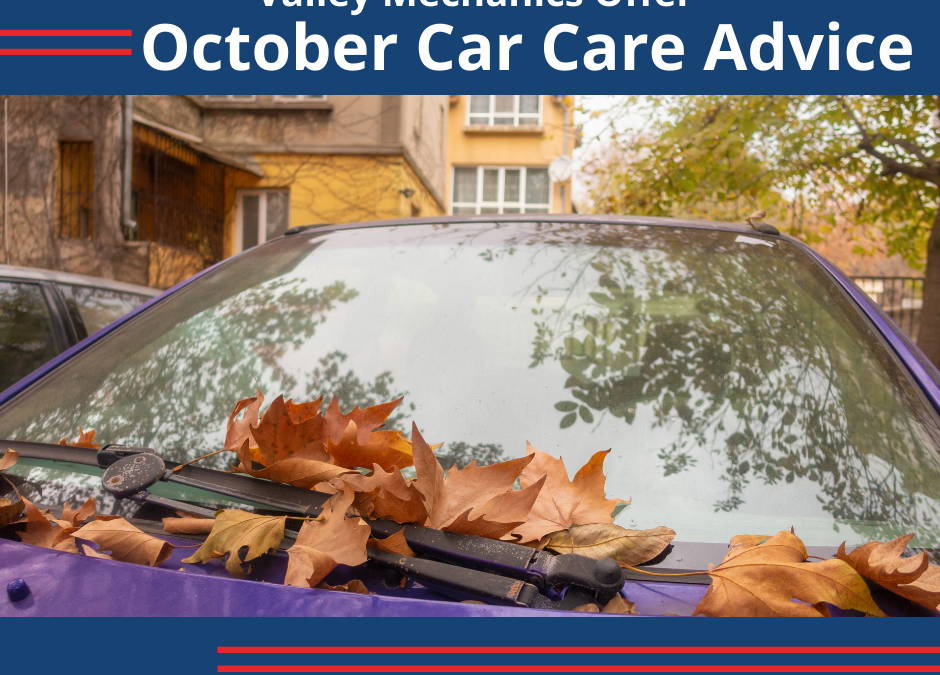 How many times have you decided to stop at the grocery store on the way home from work, only to get all the way home and realize that you never made the stop? Sadly, spur-of-the-moment grocery store trips aren’t the only things that get forgotten. Every year, children are forgotten in hot cars and die from heat stroke due to extreme temperatures in the vehicle.
How many times have you decided to stop at the grocery store on the way home from work, only to get all the way home and realize that you never made the stop? Sadly, spur-of-the-moment grocery store trips aren’t the only things that get forgotten. Every year, children are forgotten in hot cars and die from heat stroke due to extreme temperatures in the vehicle.
Although it’s easy to think that parents who would leave their child in a hot car must be negligent or unloving, it’s actually pretty easy to do. Research has even been done to determine how and why it’s possible.
Understanding the problem
Dr. David Diamond of the University of South Florida studied the interaction between the brain, stress, and memory. His research showed that there are 2 types of memory that affect how we do things. “Prospective memory” which helps us plan what we’re going to do in the future, and “habit memory” which helps us remember what we’ve done repetitively and frequently in the past. When the 2 compete with each other, especially during times of stress or sleep deprivation, the “habit memory” almost always wins.
For example, “prospective memory” would help you plan to drop your child off at daycare on your way to work. If your child falls asleep in the back seat and is out of sight and mind, “habit memory” takes over. When this happens, it allows you to drive straight to work without remembering the necessary stop along the way. Your child then gets left in the car and could be at risk for heat stroke.
No child left behind
With a clear understanding of the problem and a little education, child deaths from vehicular heat stroke can be prevented by following these simple tips:
- Do not leave children alone in a vehicle, even for a short time. The temperature inside a car can rise 20 degrees in 10 minutes. Considering that children’s bodies heat up much faster than an adult’s, heatstroke can happen in a matter of minutes.
- Give yourself visual cues to remember your child is in the car. One easy way to do this is by putting your personal items in the back seat. When you arrive at your destination, you will automatically check the back seat before you exit the car.
- Lock your car when you leave it, and keep the keys out of reach of children. Encourage other adults and providers to do the same.
- Take action if you see a child left alone in a vehicle. Try to locate the parents or call 911 if the child appears to be in distress.
- Be prepared to break the window to get to the child if it appears to be in distress.
Help us get the word out about vehicular heat stroke and together, we can make a world of difference.






